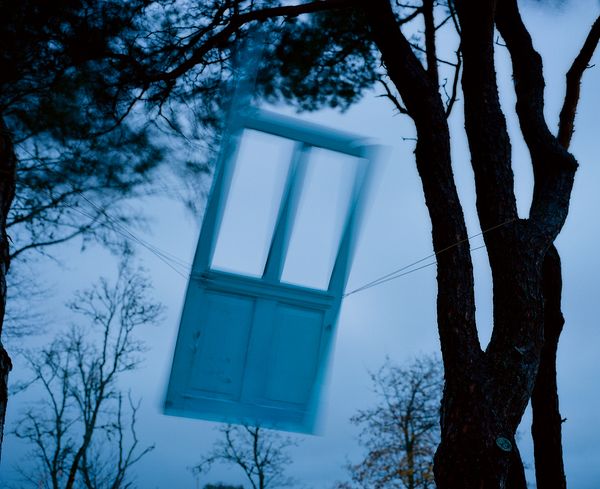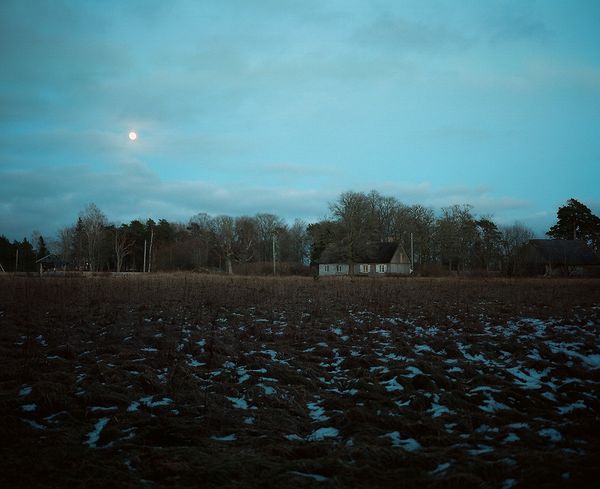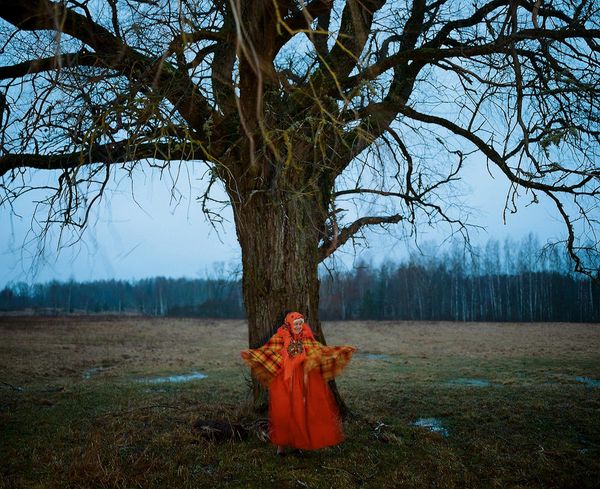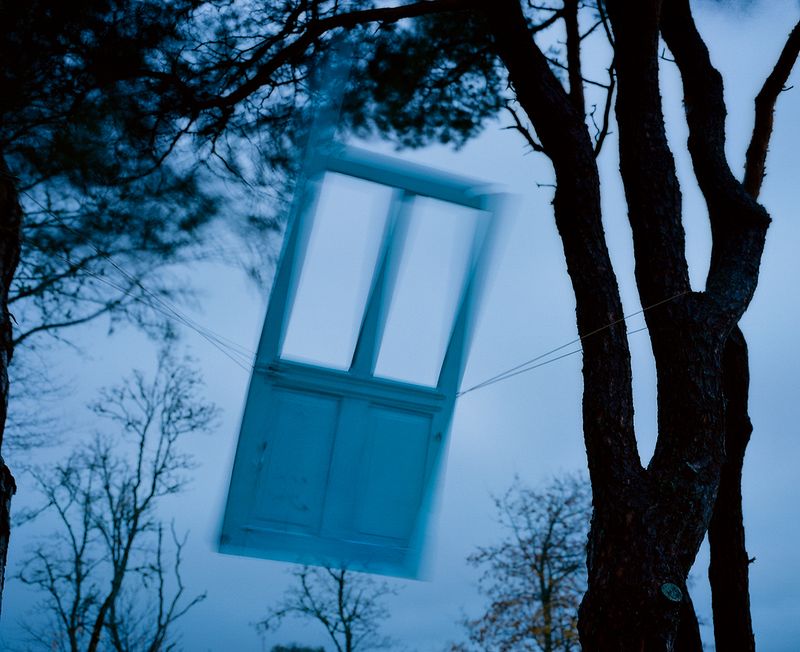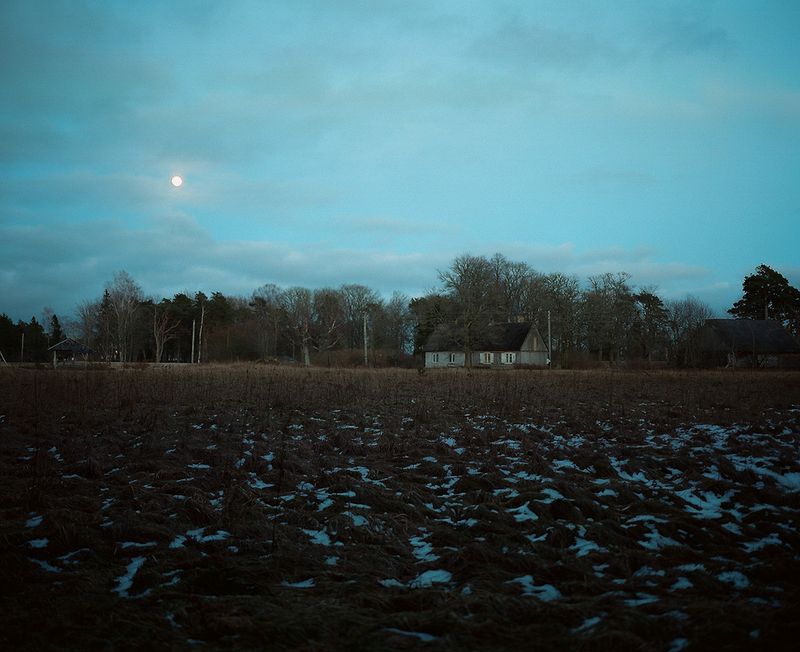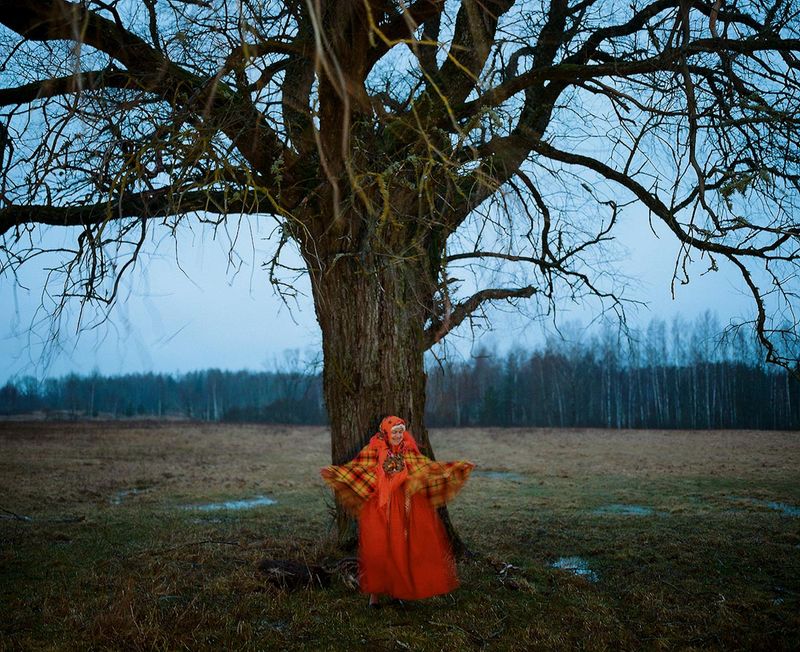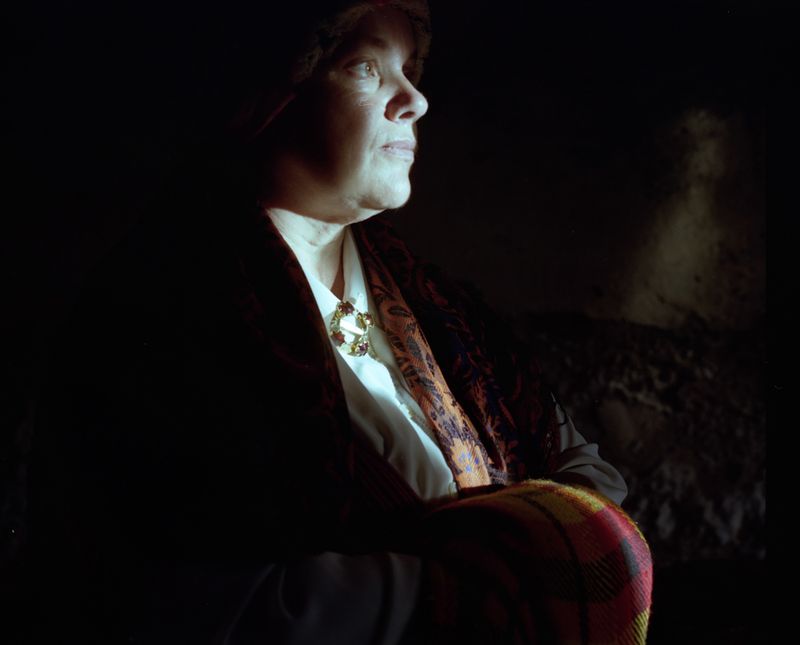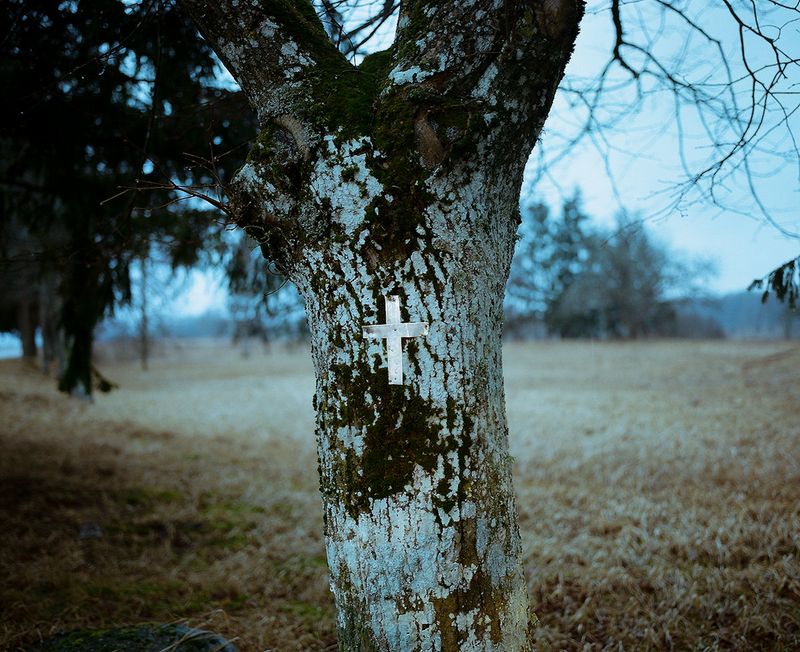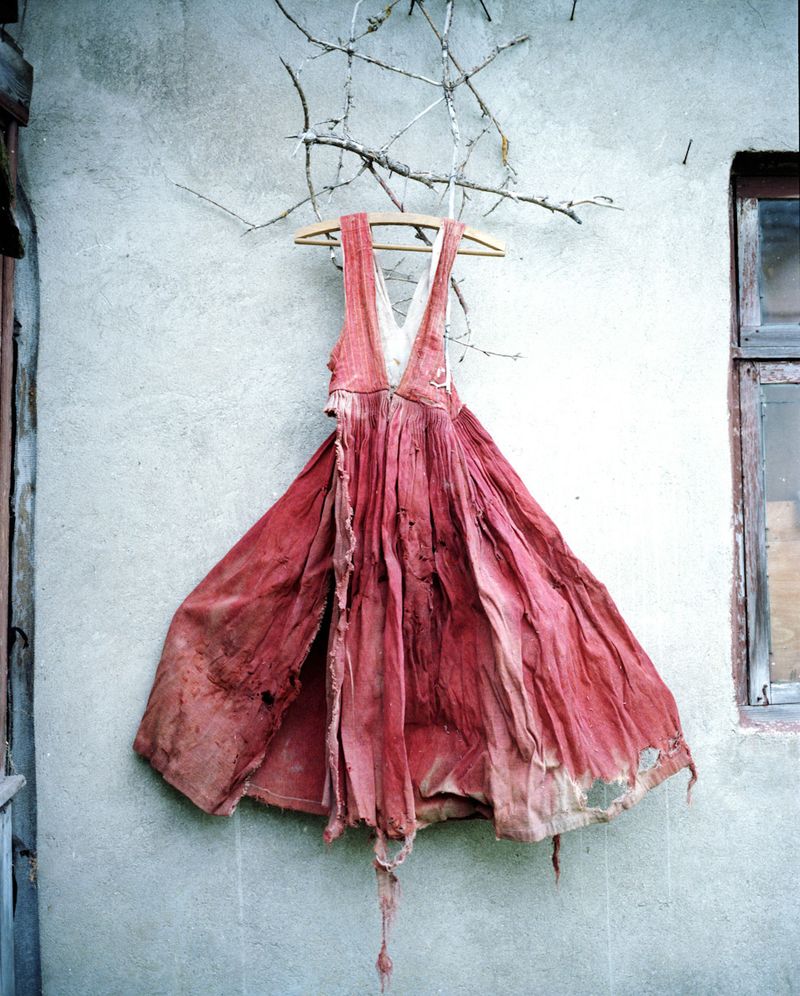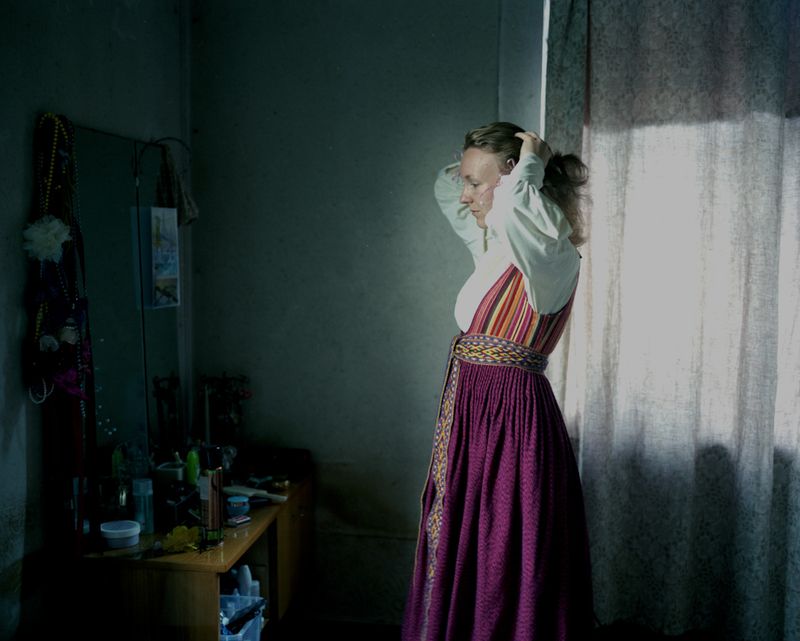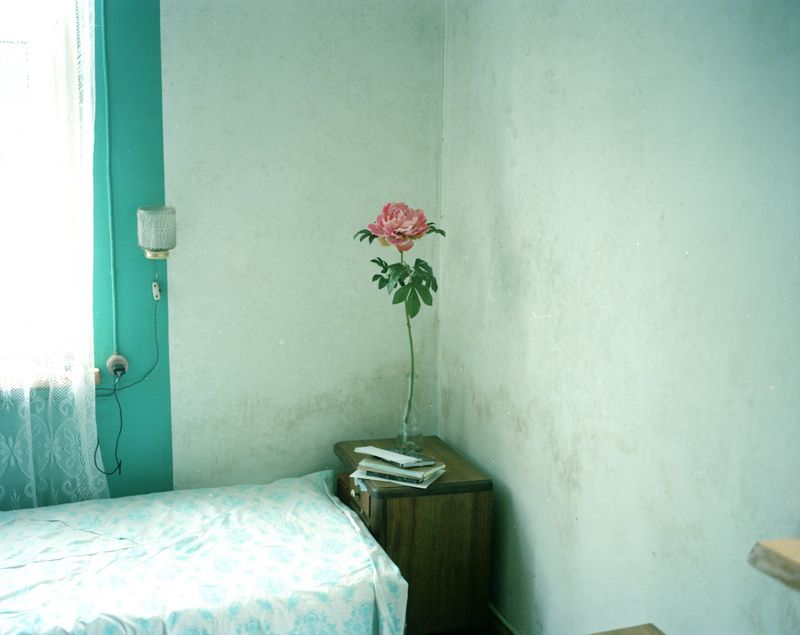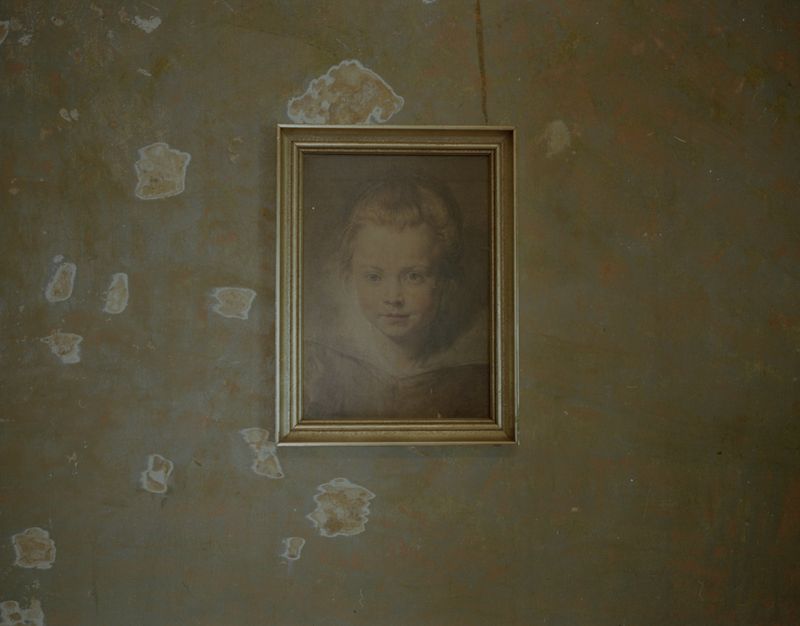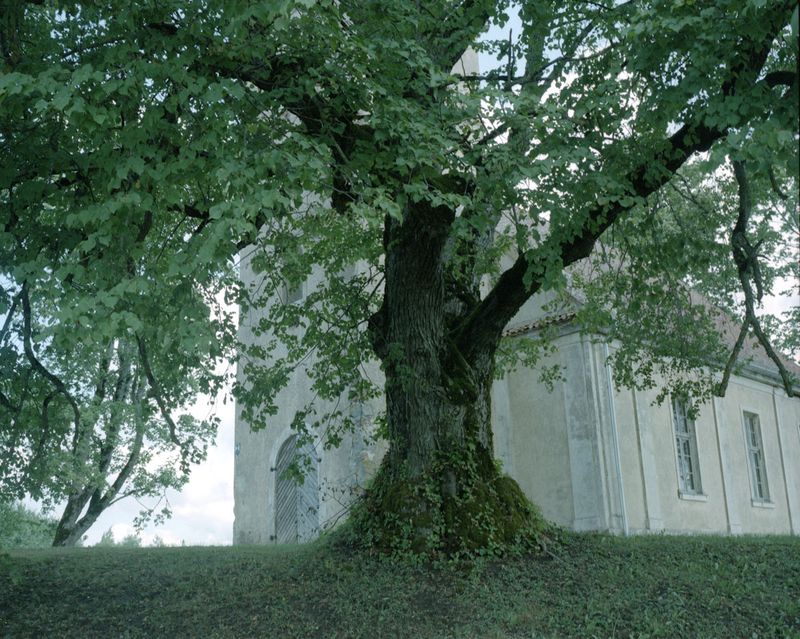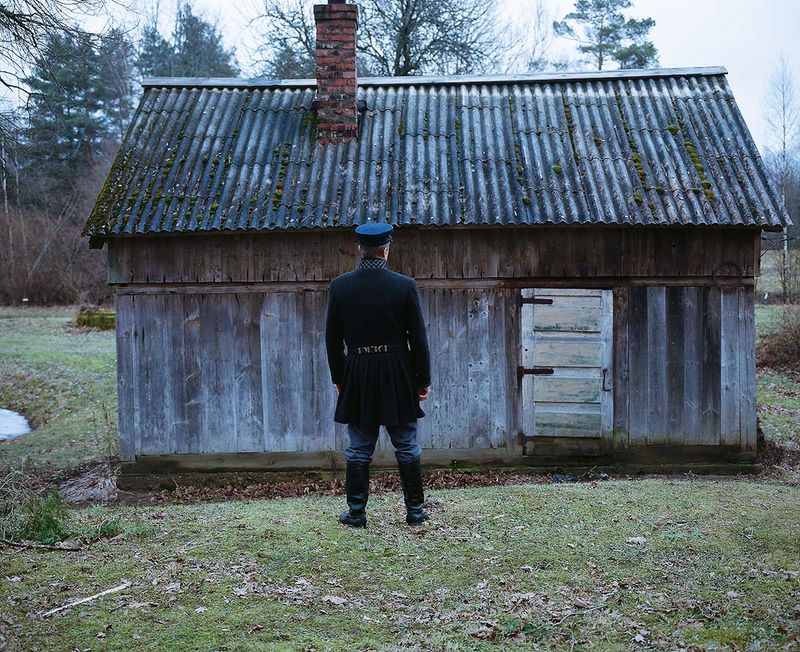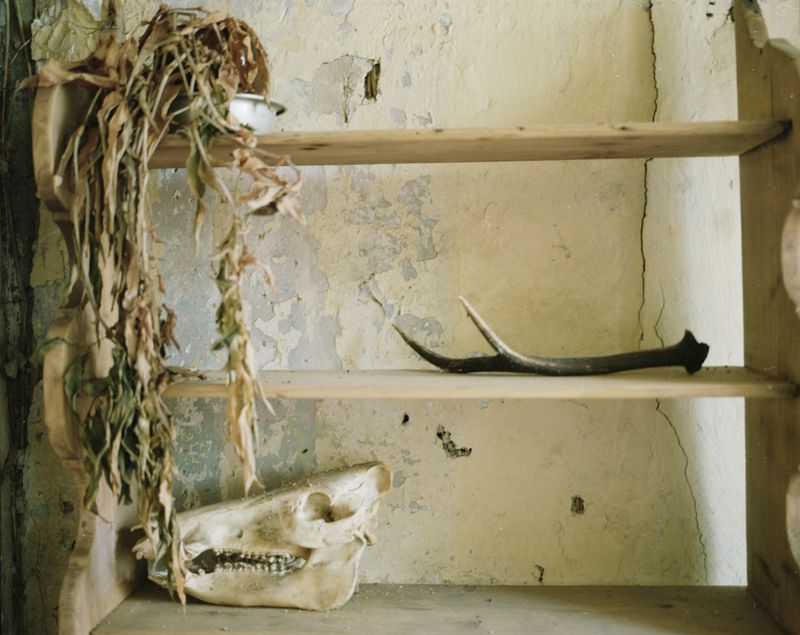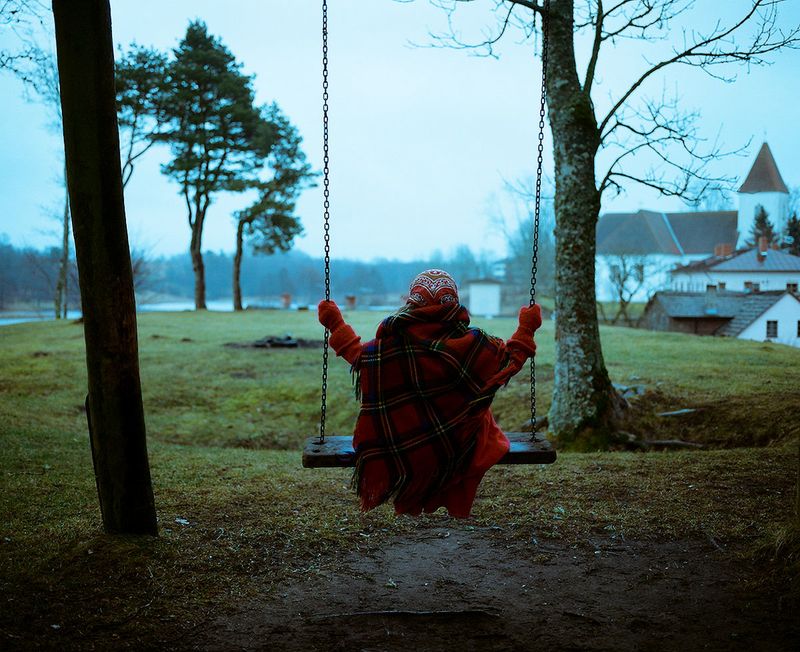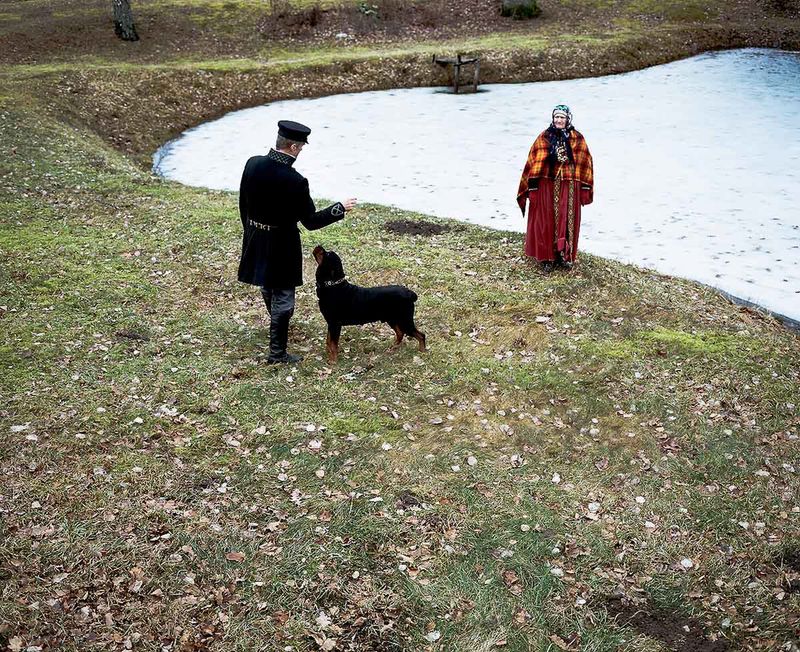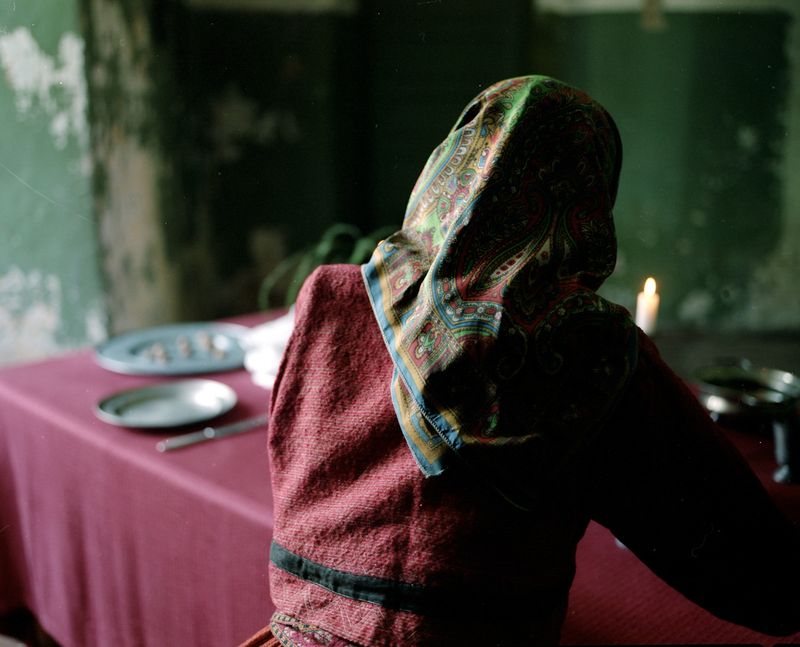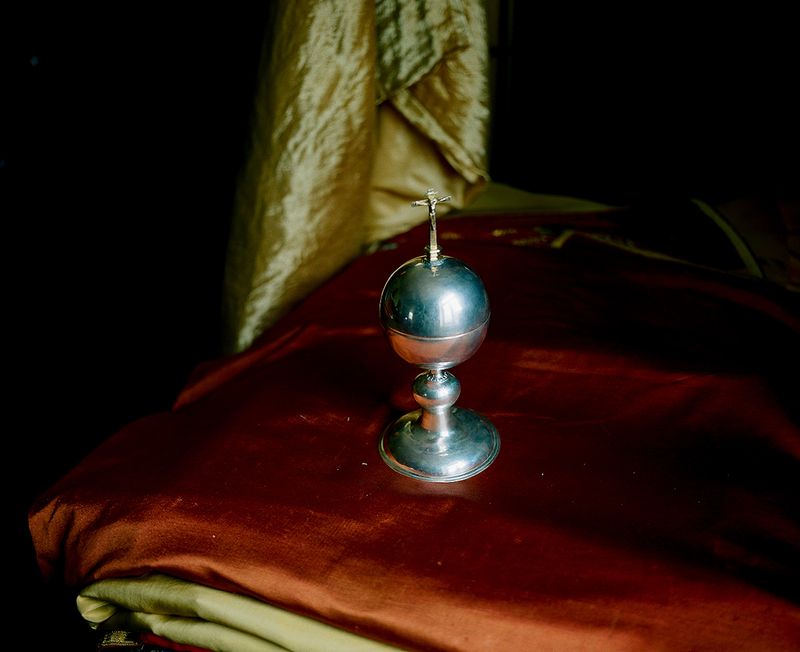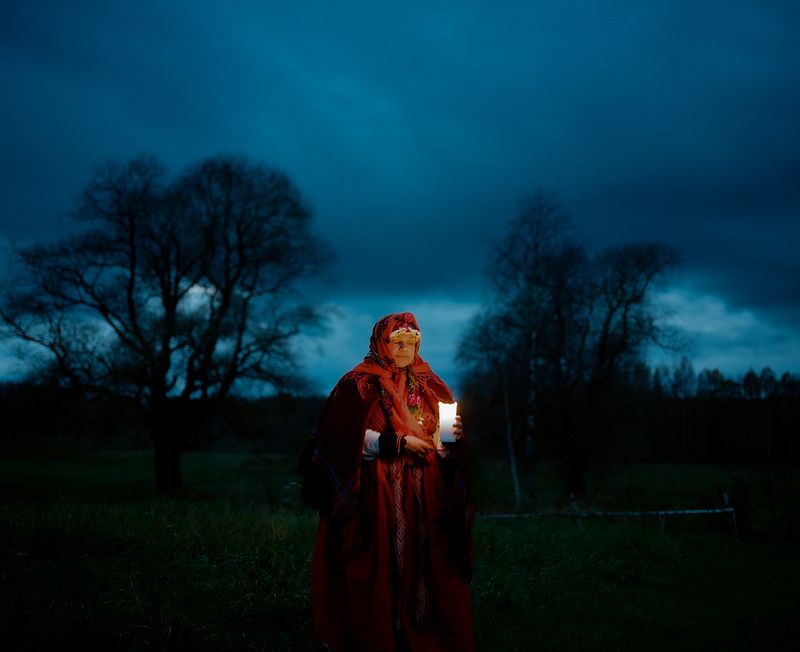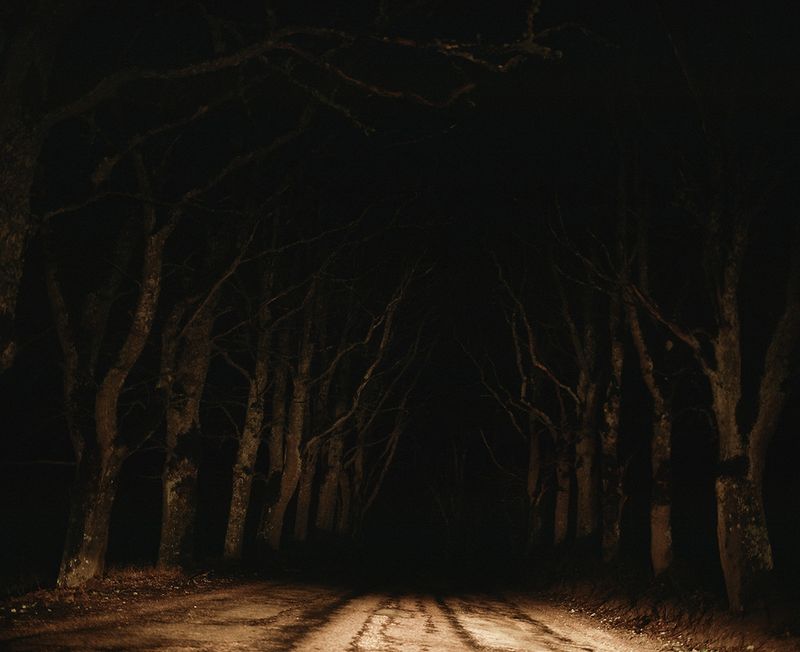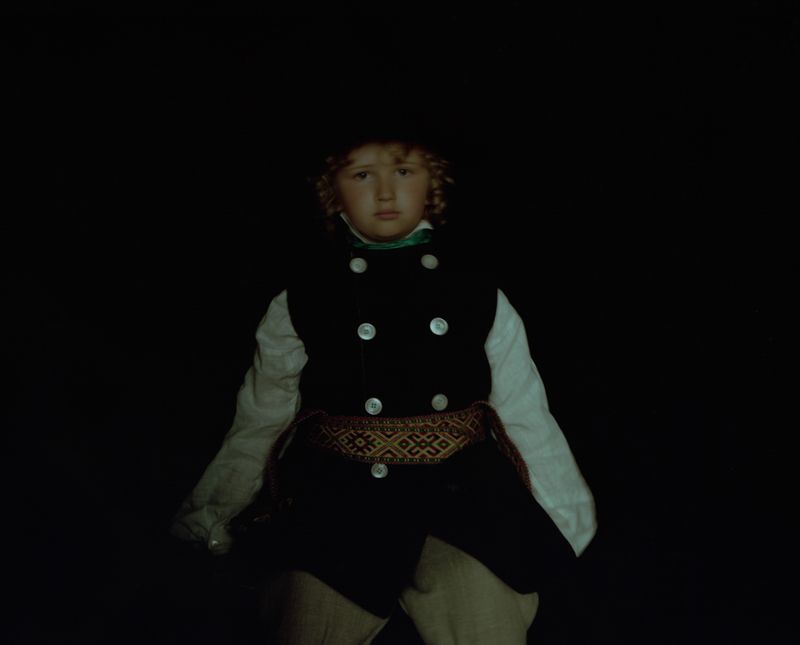SUITI
-
Dates2014 - Ongoing
-
Author
- Topics Portrait, Landscape, Documentary
Love story from the past.
The history of the Suiti people goes back almost 400 years to a romantic story from 1623 when the ruler of the Alsunga region(Kurzeme, Latvia), Johan Ulrich von Schwerin, in order to marry a Polish court lady Barbara Konarska, agreed to re-convert to the Catholic faith. To distinguish residents of Alsunga from Protestants Johan ordered them to wear specific costumes. These have become an important element of identity for the Suiti. Nowadays, protecting their identity, brought by their ancestors through centuries is still important and makes this religious minority very special. Visiting Alsunga is a trip to a place where time passes slowly, people have a strong relation with nature and a romantic story from the past is still present .
Suiti Cultural Space is a unique example of European intangible cultural heritage which since 2009 has been inscribed on UNESCO List of Intangible Cultural Heritage in Need of Urgent Safeguarding. The Suiti people are very proud of their distinct identity and character.
